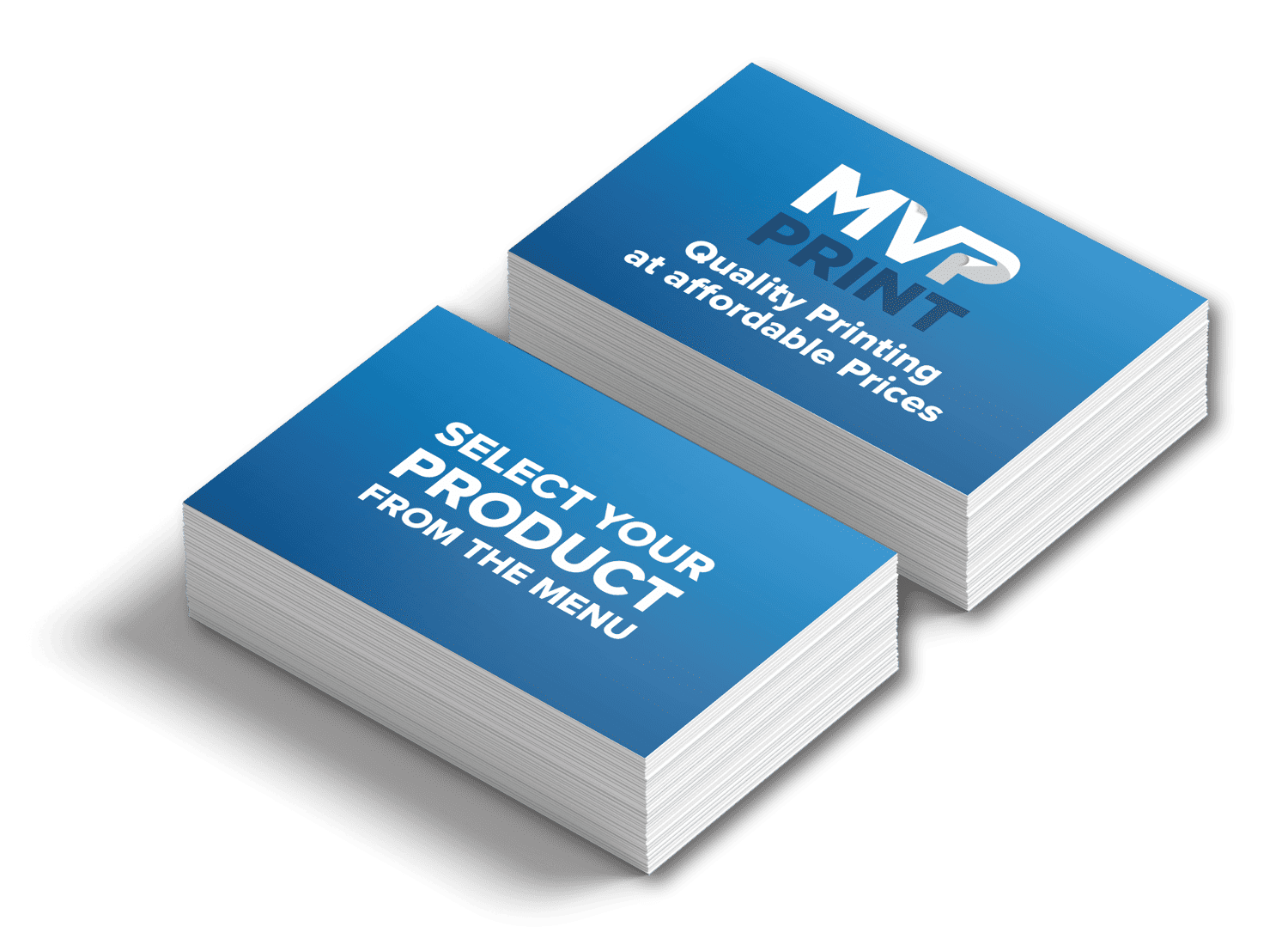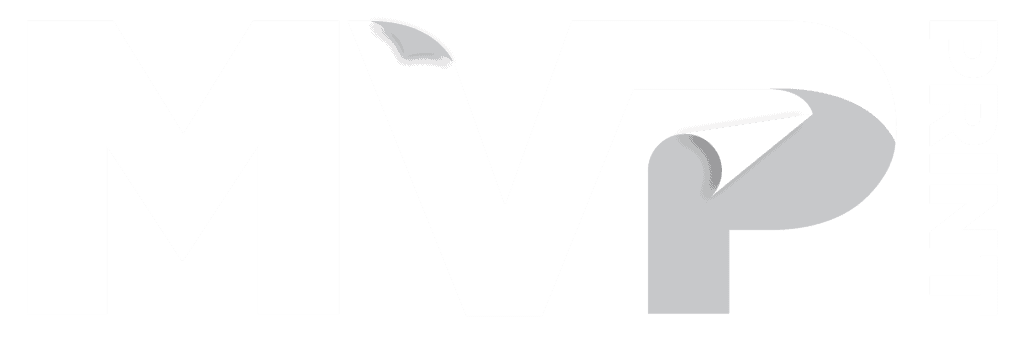
PUR binding services are gaining traction in Australia, and MVP Print is at the forefront. We employ a polyurethane reactive adhesive, renowned for its robust and flexible bond. This makes it perfect for books that face heavy use, such as textbooks and reference materials. Unlike traditional methods, PUR binding offers unmatched adhesion and flexibility, ensuring books can endure extreme temperatures and heavy handling.
PUR binding keeps the inner pages intact and accessible, ensuring a seamless reading experience. Our PUR binding services significantly enhance binding strength, offering up to 50% more resistance to page pull-out compared to older methods. The adhesive also requires less glue, resulting in a cleaner finish with minimal cured glue after trimming. At MVP Print, we pride ourselves on delivering top-notch PUR binding services. Our state-of-the-art equipment ensures each book is bound with precision and care, meeting our clients’ high standards.
Introduction to PUR Binding Services
Binding methods are a crucial aspect of book production, as they determine the overall appearance, durability, and functionality of a book. With various binding techniques available, choosing the right method can be overwhelming. In this section, we will provide an overview of common binding techniques, highlighting their advantages and disadvantages.
Overview of Common Binding Techniques
There are several binding methods used in book production, each with its unique characteristics and applications. The choice of binding method depends on the type of book, page count, and intended use. Here’s a brief overview of the most common binding techniques:
- Perfect Binding: This popular method is often used for softcover books, where the pages and cover are glued together at the spine. It offers a clean, professional look but may not be as durable as other methods.
- PUR Binding: A type of perfect binding that uses a polyurethane reactive adhesive, PUR binding provides excellent durability and flexibility. It’s ideal for books that face heavy use, such as textbooks and manuals.
- Wire Binding: This cost-effective method uses a metal loop to bind the spine of the book. It’s perfect for documents that need to lie flat, such as reports and presentations.
- Saddle Stitching: In this method, the pages are stapled together along the spine. It’s suitable for smaller books, such as pamphlets and brochures, and is one of the most affordable binding options.
- Spiral Binding: This method uses a spiral coil to bind the pages together, allowing the book to lie flat when open. It’s commonly used for cookbooks, manuals, and other reference materials.
Importance of Choosing the Right Binding Metho
Choosing the right binding method is crucial to ensure that the book meets its intended purpose. A well-chosen binding method can enhance the overall appearance and functionality of the book, while a poorly chosen method can compromise its durability and usability. Here are some factors to consider when selecting a binding method:
- Page Count: Different binding methods are suitable for different page counts. For example, saddle stitching is ideal for smaller books, while PUR binding can handle thicker volumes.
- Intended Use: The binding method should be chosen based on how the book will be used. For instance, a manual that needs to lie flat would benefit from spiral binding.
- Budget: Different binding methods have varying costs. Wire binding and saddle stitching are generally more cost-effective, while PUR binding offers superior durability at a higher price point.
- Aesthetics: The binding method can affect the overall appearance of the book. Perfect binding and PUR binding provide a sleek, professional look, while wire and spiral binding offer a more functional appearance.
Understanding PUR Binding Technology
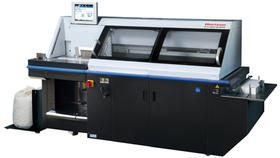
PUR binding technology is a significant advancement in the printing sector, offering a cost-effective and efficient method for book binding. It employs a polyurethane reactive adhesive, forming a robust yet flexible bond. This makes it perfect for books that face frequent use and handling, such as saddle stitched books. The binding styles achievable with PUR binding are diverse, spanning from perfect bound books to lay flat bindings.
The chemical reaction behind PUR binding is unique. It involves the adhesive reacting with the paper fibers, resulting in a durable bond. This distinction from traditional methods enhances its resistance to wear and tear. Thus, PUR binding ensures a high-quality finish that endures over time.
What is Polyurethane Reactive Adhesive?
Polyurethane reactive adhesive is a specialized adhesive for PUR binding. It is known for its strength and flexibility, creating a lasting bond between the paper and the cover. This adhesive is pivotal in PUR binding, making it suitable for a broad spectrum of applications.
The Chemical Process Behind PUR Binding
The chemical process of PUR binding is intricate but can be simplified. Initially, the adhesive is applied to the book’s spine. Next, the pages are attached to the cover, allowing the adhesive to react with the paper fibers. This reaction forms a strong, durable bond that endures through time.
Factors Affecting PUR Binding Adhesion
PUR binding adhesion is influenced by several factors, which can impact the overall quality and durability of the bound book. Understanding these factors can help in achieving the best results with PUR binding:
- Paper Type: The type of paper used can significantly affect the adhesion of the PUR binding. Coated papers, for example, may require different handling compared to uncoated papers to ensure a strong bond.
- Ink Type: The type of ink used in printing can also influence the adhesion. Some inks may interfere with the bonding process, so it’s essential to choose inks that are compatible with PUR adhesives.
- Temperature: Extreme temperatures can affect the curing process of the polyurethane reactive adhesive. It’s important to maintain optimal temperature conditions during the binding process to ensure a strong bond.
- Humidity: High humidity levels can impact the adhesion of the PUR binding. Controlling the humidity in the binding environment is crucial to achieving a durable and lasting bond.
Why PUR Binding Stands Out from Traditional Methods
PUR binding distinguishes itself from traditional methods due to its flexibility and enhanced durability. Wire-o binding allows books to lay flat for easier use, making it suitable for specific purposes like cookbooks and manuals. It is also more economical and adaptable for various book formats, from saddle stitched to perfect bound books. With PUR binding, you can anticipate a superior finish that lasts, making it an excellent choice for numerous applications.
Professional PUR Binding Services at MVP Print
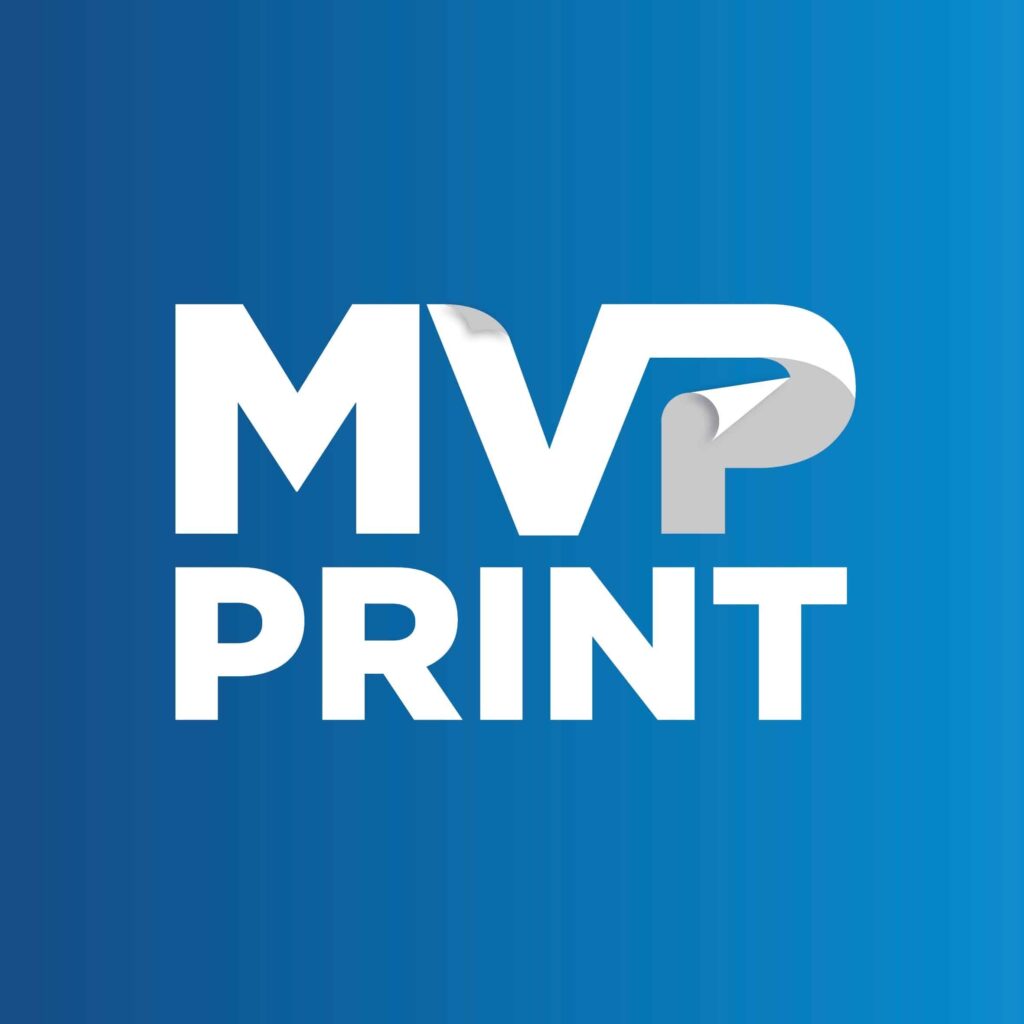
MVP Print provides a variety of professional binding services. These include pur perfect binding, spiral binding, and saddle-stitching. Our services cater to clients across Australia. Our team of experts employs state-of-the-art equipment. This ensures every book, from coffee table books to soft cover books, is bound with precision and care.
Our services are perfect for creating high-quality books, including print ready files. These books require a professional finish. With our PUR binding services, your books will last for years. The benefits include:
- High-quality binding that resists page pull-out
- Durable and long-lasting finish
- Visually appealing and professional-looking finish
- Ability to bind different paper stocks, including coated and uncoated, recycled, and eco-friendly papers
At MVP Print, we prioritize delivering high-quality printed books quickly. We aim to deliver professionally printed books within 3 to 5 business days, nationwide across Australia. Whether you need pur perfect binding, spiral binding, or any other type, we have the expertise and equipment to meet your needs.
| Binding Type | Description |
|---|---|
| PUR Perfect Binding | Ideal for softcover books, novels, and catalogs |
| Spiral Binding | Perfect for books that need to lie flat, such as cookbooks and manuals |
| Saddle-Stitching | Suitable for smaller books, such as pamphlets and brochures |
Superior Benefits of PUR Binding for Australian Conditions
PUR bound books excel in Australia’s varied weather and frequent use. The polyurethane reactive adhesive forms a robust yet flexible bond. This makes PUR binding ideal for Australia’s climates.
PUR binding combines beauty with durability. It ensures books remain intact even with heavy use. The binding process secures pages, preventing them from detaching over time.
Key advantages of PUR binding include:
- Resistance to weather and moisture
- Ability to withstand frequent use
- Visually appealing and durable
- Secure book binding that prevents pages from coming loose
PUR binding is ideal for books facing constant use and Australia’s climate. Its strong, flexible bond makes it perfect for books needing frequent handling.
Paper Stocks and PUR Binding Services
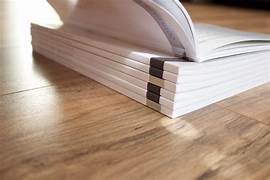
PUR binding is compatible with a wide range of paper types, making it a versatile choice for various printed materials. Whether you’re using coated, glossy, or digitally printed stocks, PUR binding can provide a strong and flexible bond. However, the adhesion of the PUR binding can be affected by the type of paper used.
Coated papers, for instance, have a smooth surface that can sometimes challenge the adhesive’s ability to penetrate and bond effectively. Glossy papers, while visually appealing, may also require special attention to ensure proper adhesion. Digitally printed stocks, which often use different inks and coatings, can also impact the binding process.
To achieve the best results with PUR binding, it’s essential to consider the specific characteristics of the paper stock being used. By understanding how different paper types interact with the polyurethane reactive adhesive, you can ensure a durable and high-quality finish for your bound books.
Applications and Ideal Use Cases
PUR binding stands out as a versatile and dependable method for bookbinding. It ensures the inner pages remain intact and accessible, providing a seamless reading experience. It’s perfect for printing paperbacks, annual reports, or premium projects needing a robust yet flexible bond. The polyurethane reactive adhesive in PUR binding forms a durable, lasting connection between pages. This makes it ideal for books that face heavy use.
Textbooks, manuals, and reference materials are among the best uses for PUR binding. It’s also great for creating top-notch books, like coffee table books and soft covers. The 4mm spine width required for glue-bound books like Perfect Bound, Burst Bound, or PUR Bound ensures a professional finish. PUR binding can handle various page counts and paper GSMs, such as 64 pages for 80gsm Laser Uncoated or 113gsm Silk Matt, and 48 pages for 150gsm Silk Matt.
Compared to other methods, PUR binding excels in flexibility and lay-flat properties. This makes books easier to read and handle. It’s a better choice than Perfect Binding, notably for stocks like Silk Matt or Gloss, due to its superior strength. Key benefits of PUR binding include:
- Strong and flexible bond
- Durable and long-lasting connection
- Enhanced flexibility and lay-flat properties
- Suitable for high-quality books and premium projects
- Accommodates various internal page count and paper GSM requirements
In summary, PUR binding is a reliable and versatile choice for bookbinding. Its unmatched strength and flexibility make it a favourite for printing paperbacks, annual reports, and high-end projects.
Comparing PUR Binding Services with Alternative Methods
PUR binding is a favourite for bookbinding, known for its flexibility and durability. Yet, other methods like wire-o binding, which allows books to lay flat for easier use, and saddle stitched books, known for their cost efficiency and suitability for smaller publications, also have their perks. We’ll dive into how PUR binding stacks up against these rivals.
Advantages of PUR Binding
PUR binding brings several benefits to the table:
- Stronger bind: It outperforms EVA adhesive in page pull out tests, showing up to 50% stronger results.
- Flexibility: PUR binding lets books lie flat, boosting usability and reader enjoyment.
- Environmental benefits: It’s more eco-friendly than traditional binding methods.
Alternative Binding Methods
Wire binding, wire-o binding, and saddle stitched books have their own strengths. Wire binding and wire-o binding allow books to lay flat, making them ideal for cookbooks and manuals, while saddle stitched books are budget-friendly for small volumes and booklets. Still, PUR binding’s durability and adaptability keep it in high demand.
To wrap it up, PUR binding edges out competitors with its unique blend of benefits. Its flexibility, robustness, and eco-friendliness make it perfect for books that see a lot of action.
Summar: Why Choose PUR Binding for Your Print Projects
PUR binding stands out as the top choice for books that face heavy use and varied climates in Australia. The polyurethane reactive adhesive in PUR binding offers a robust yet flexible bond. This ensures your bound books remain visually stunning and endure constant handling.
At MVP Print, our PUR binding services are tailored to meet our clients’ specific needs. Our skilled team employs advanced equipment to ensure each book is bound with meticulous attention. With PUR binding, your printed materials will last, delivering outstanding results.
For any project, from journals to brochures, or high-end books, PUR binding is the ideal choice. It prioritises durability, flexibility, and lasting performance. Opt for MVP Print for your PUR bound books and witness the impact of superior craftsmanship.
